That Psychonauts 2 exists at all is a weird little miracle. We’re talking about a sequel to a 16-year-old platformer that was, upon release, a monumental flop. The original publisher, Microsoft, dropped the game before it even launched. The new publisher, Majesco, lost millions thanks to dismal sales numbers, prompting the immediate resignation of its CEO and a rethink of its entire business plan.
But Psychonauts was good—great, even—and after developer Double Fine Productions reacquired the rights, strong word of mouth and sales on new platforms reminted the game as a cult classic. This latter-day buzz sparked a fan campaign for a sequel, which led to a crowdfunding campaign, which led to a publishing deal with Starbreeze, a company that nosedived into its own (unrelated) financial troubles shortly thereafter. Eventually Microsoft reentered the story, acquired Double Fine and the publishing rights, and finally, at long last, here we are.
All this is to say, you’d expect Psychonauts 2 to carry a lot of baggage. What’s so remarkable is that it doesn’t. (Well, except for the kind you collect.) Apart from the modern gameplay refinements and improved graphics, this feels exactly like the sequel Double Fine might’ve made in the late ’00s, in some alternate universe where Psychonauts became an instant hit. I’d believe you if you said writer-director Tim Schafer had the script for this game sitting in his desk for over a decade, for all the smart, cohesive connection between the two games. Threads introduced in Psychonauts unravel to great effect here, breadcrumbs leading to mysteries leading to satisfying answers. It’s as though all those years in between, and the drama that filled them, never actually happened.
In fact, as far as the narrative is concerned, no time has passed. The story picks up in the immediate aftermath of the 2017 VR spin-off Psychonauts in the Rhombus of Ruin, which in turn picked up immediately after the first Psychonauts. (If you skipped either game, don’t fret: There’s an intro video that will catch you up to speed on everything important.)
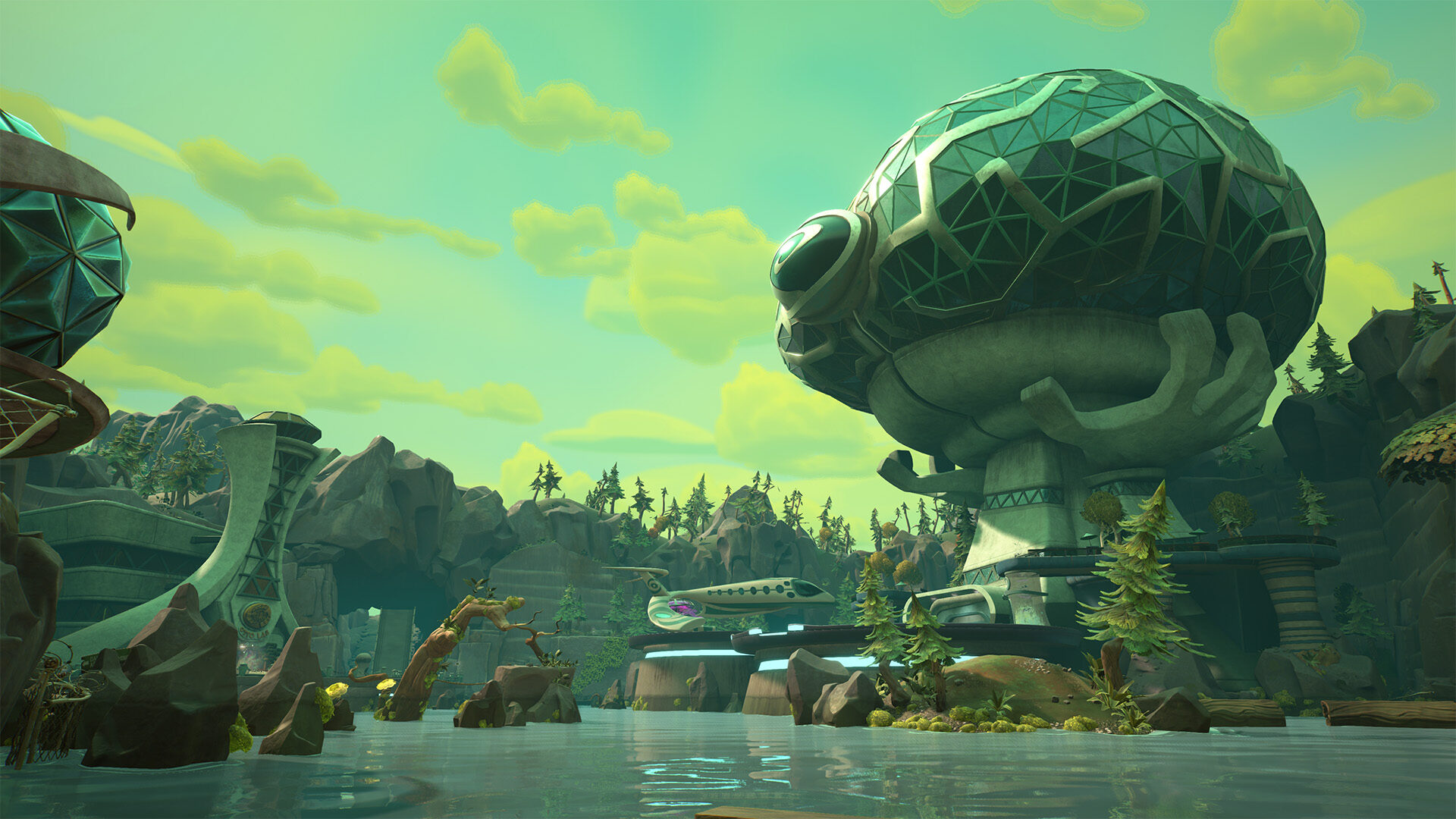
Razputin, our preteen hero, has foiled a plot for world domination at the Whispering Rock Psychic Summer Camp by learning to hone his abilities and infiltrate the mental worlds of friend and foe alike. He’s been offered membership in the Psychonauts—a spy-ish agency tasked with defusing psychic threats and exploring the frontiers of the human mind—and whisked away on a mission to rescue the organization’s Grand Head (and his pyromaniac maybe-girlfriend’s father), Truman Zanotto. Now, as the game kicks off, Raz is arriving back at Psychonauts HQ for the first time, only to discover that his membership is actually more like an internship.
Soon, Raz is wrapped up in a new mystery. Who was behind the plot to kidnap Truman? Is there a mole inside the Psychonauts? And how does Maligula, a powerful hydrokinetic psychic killed years ago in a battle with the original founders of the Psychonauts, factor into all of this? The story that unfolds over the course of the next few dozen hours—this is a bigger game than the first in every sense—has all the charm, wit, and quirk of the original. More importantly, it has the same heart.
Schafer and returning co-writer Erik Wolpaw have crafted a story that never loses track of its character relationships behind big plot beats. Even at its weirdest, the stakes are personal and grounded in an abiding sense of humanity. The humor sprinkled throughout is rarely laugh-out-loud funny, but it’s always charming, with an underlying element of truth. In retrospect, the first Psychonauts clearly deserves credit as an early pioneer of media that’s accessible to kids while presenting a more mature, clear-eyed, and sincere view of the world. (Think Adventure Time.) That approach continues here in fine form. No one Raz meets is irredeemable, nor is anyone pure good. At the end of the day, we’re all just stuck in our own heads, trying to get by in the world outside.
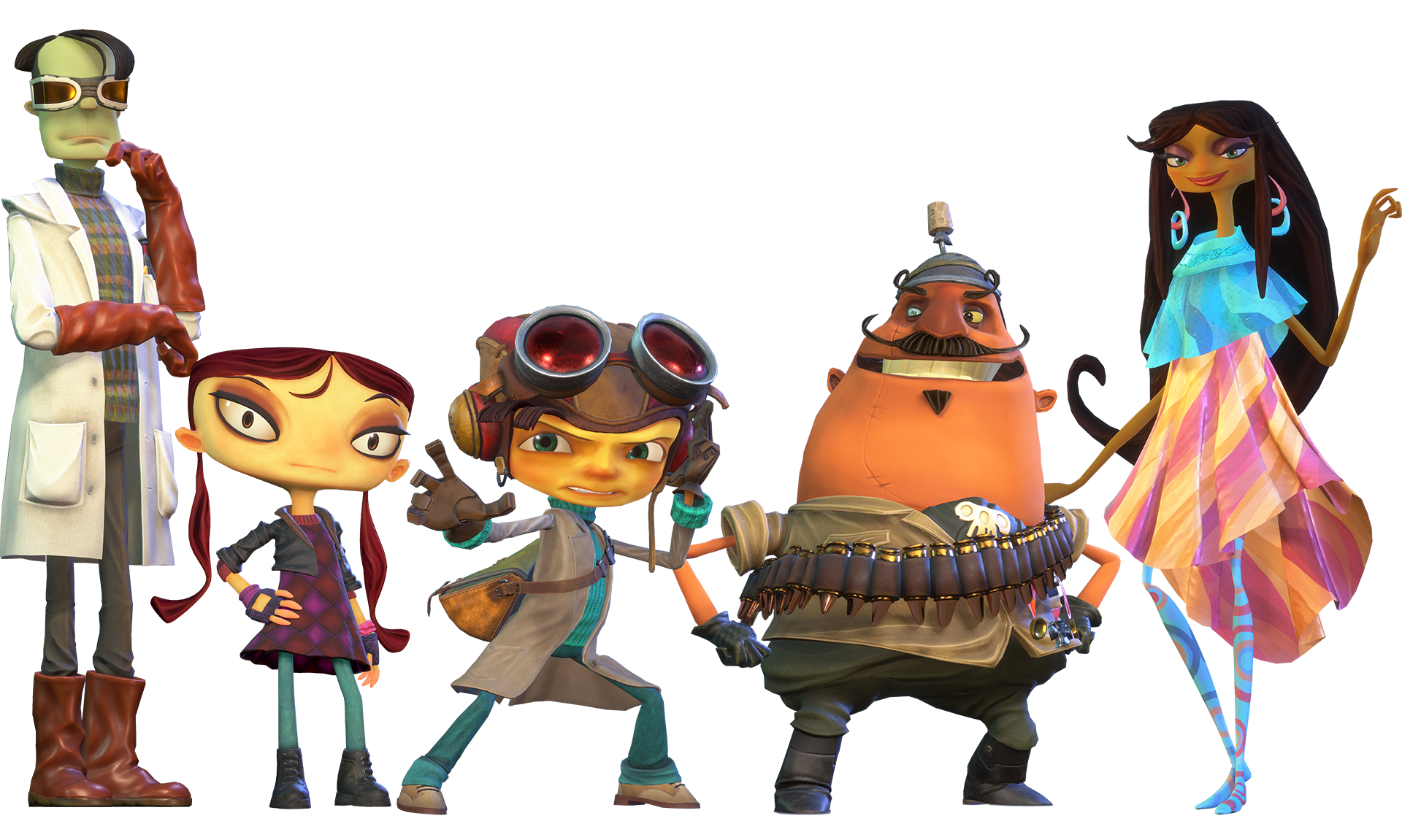
If, for you, the primary attraction of Psychonauts 2 is spending more time with these characters in their zany world, you won’t be disappointed. If you’re here for gameplay, though, the answer is a little more complicated.
As in the first game, you’ll split your time between two main activities: platforming (with a fair bit of exploration and collectible hunting thrown in), and combat. The first half of that equation is an absolute delight. Platforming and the light puzzle solving that accompany it sport a level of polish that feels entirely modern, but the emphasis on collecting dozens to hundreds of items in each mental world is pure throwback. If you love, as I do, the chill factor of dipping into a level and finding secrets hidden around just about every corner, you’ll have a great time here. (One potential downside, depending on your tastes, is that backtracking is mandatory, not optional. Some items are locked off until you find a new psychic power or level up an existing one, so you won’t get everything in one go.)
Better still, the difficulty of this side of the game is just about as perfectly balanced as you could hope for. Nothing here approaches the controller-smashing frustration of the Meat Circus from the end of the first game. A few collectibles are maddeningly well-hidden, but I was able to reach 100 percent completion, totally unaided, which speaks to the clarity of the level design language. The more you play, the more you build up a sense of where something might be and how to find it.
Combat, though? That’s a different story. While it’s not outright bad, it never really rises above the level of “serviceable,” and that’s a shame, given how often you find yourself in a fight. As in the first game, the enemy types are imaginative riffs on aspects of the mind: Censors that want to stamp you out of existence for intruding into someone else’s mindscape; Judgment, which takes the form of an actual judge, complete with a big honking gavel; Doubts, which ooze out goop that slows you down. And as in the first game, you have a sizable arsenal of psychic powers—some returning, some brand new—with which to do battle.
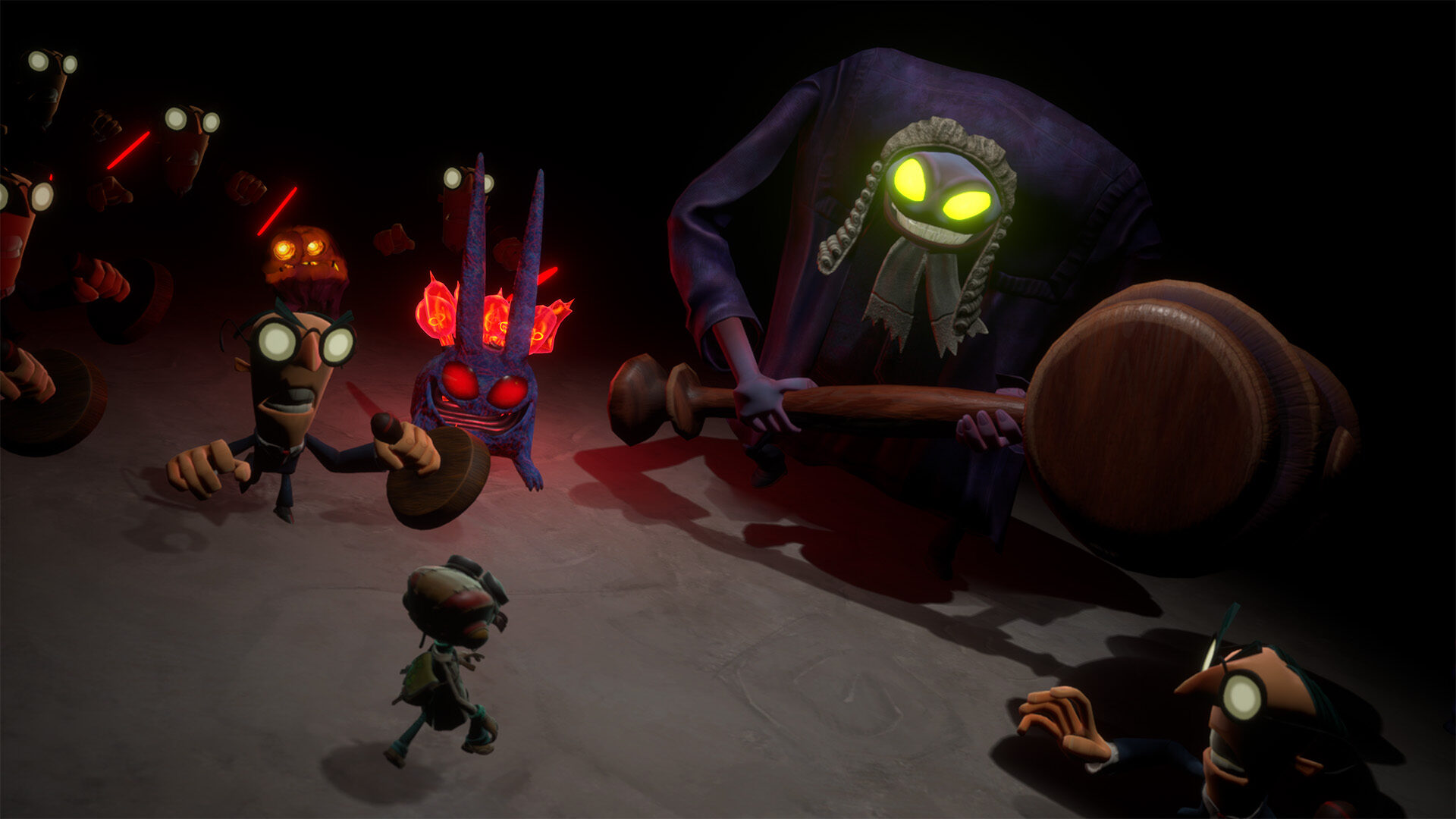
In theory, this should allow you a lot of room to improvise and mix up your tactics, but that’s never really the case. Some enemies are only weak, or primarily weak, to one type of attack, which restricts your possibilities. You’re also constantly butting up against each ability’s cooldown timer. Apart from melee, which is the same simplistic combo repeated over and over again, you can’t really attack with one ability repeatedly and expect to do well. But, counterintuitively, you’re simultaneously being encouraged to use specific abilities on specific enemies. As a result, the pacing is off, and each fight involves far too much waiting around. It’s not a total slog, not quite, but far too often I found myself wishing for combat to end so I could get to the next cutscene or go back to platforming, rather than actively enjoying myself in the moment.
An equal annoyance is that the control scheme only allows you to equip four of your powers at once. When a fight kicks off, you’ll often have to pause to remap abilities to buttons to suit the lineup of baddies. If a new enemy type shows up in a later wave, you may have to change your layout yet again. Since there aren’t any defined slots, you may lose track of what attack is on what bumper or what trigger. A great combat system should become more and more invisible the more experience you acquire with it, eventually dissolving into expressive gameplay. The combat in Psychonauts 2 is always visible—more than that, always demanding you look at it.
Boss fights, though not frequent, only serve to amplify these issues. The earlier boss bottles are even more constrained than standard combat in how you can approach them, forcing you to wait out attack patterns until you can do one specific thing to inflict damage. Later bosses are more open-ended, but suffer from the same problems as fighting normal enemies.
I’ll admit, you could level many of these complaints against the combat in the original Psychonauts, but this is an area where the age of the underlying design shows. Double Fine has done far less to improve the core competency of the sequel here, opting instead to expand on top of a mediocre base. Yes, your attacks level up more meaningfully over time, and there are patches you can buy and equip to boost and tweak your abilities for even deeper customization, but that’s just more when the game needed better.
The most unnecessary frustration, though, might be that the game does eventually fully open its combat to you, but in the worst way I can imagine. If you reach max level, you can buy a perk that removes all of your ability cooldowns. Trouble is, you can only get to max level by finishing literally every task in the game. At that point, the only way to try out your spiffy new combat abilities is by heading back into old levels to fight the enemies that spawn in. By then, though, there aren’t any collectibles to find—you’ve already found them all—or any reason to be back in old levels at all. Absent future DLC that adds in a New Game+ mode or a wave-based survival mode, it’s just pointless.
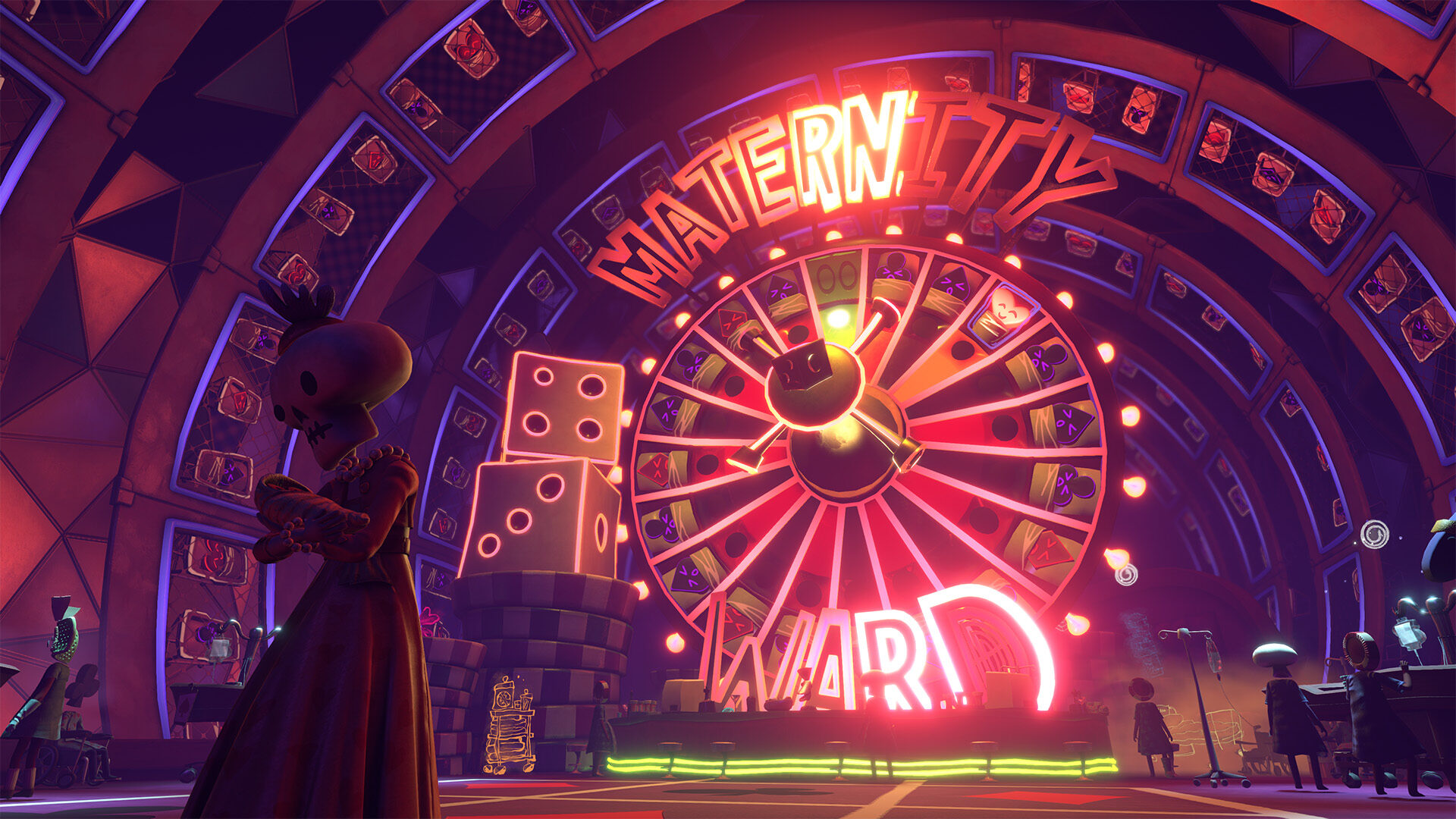
If there’s one other aspect of Psychonauts 2 that feels like a bit of a letdown—and I feel like a monster for even writing this—it’s that the game can’t quite live up to the wild creativity of its predecessor. Maybe, after the better part of two decades, this is the rose-tint of nostalgia speaking, but I don’t know if any of the mental worlds in Psychonauts 2 stack up to the best ones in the original.
To be clear, they’re all still wonderful and wacky variations on their central themes, not just thematically but in the gameplay twists they employ. A hospital-casino where medical implements are gambling? Love it! A Little Prince–style microplanet dotted with islands you sail between on a door-raft? Amazing! A reality-TV-style cooking competition where the food begs you to chop and fry it? Disturbing! Good, though!
Still, I’m not sure any of these concepts, endearingly bonkers though they are, will embed themselves in my brain the way some of the worlds in the original Psychonauts have. Nothing can match the sheer weirdness of The Milkman Conspiracy, a riff on mid-century suburbia full of secret agents and delicious milk. There’s no real equivalent to the bizarre fish-city kaiju fight. I’d even say I prefer the visual ambition of the black-velvet-painting-inspired level in the first game to its closest parallel in Psychonauts 2, a psychedelic world bursting with colors and also Jack Black. There’s a greater wealth of content in the sequel, delivered with much greater consistency, but I think the peaks fall short of the original at its best.
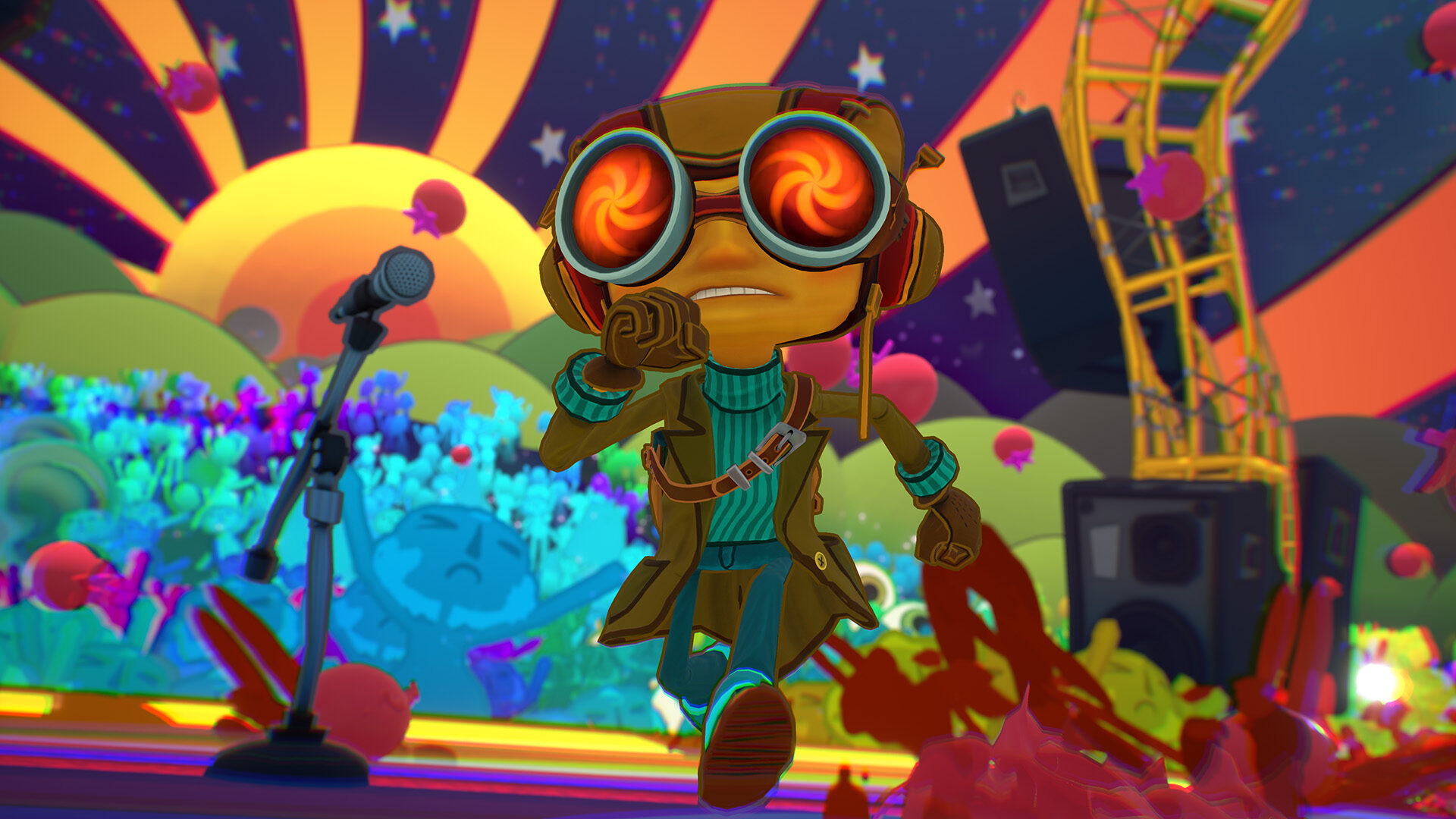
Is that unfair? Am I applying an impossible standard by holding a memory up to the present? Would I feel the same if I hadn’t been waiting more than a decade to play Psychonauts 2? I honestly don’t have those answers.
The inherent curse of making a sequel, especially one so feverishly anticipated for so long, is that you’ve lost the element of surprise. You can’t step into the same river twice, and all that depressing Greek stuff. The very reason Psychonauts 2 could even come into being, after all this time, is that the first game was so unexpected, so memorable, so different.
For 16 years, you could honestly say there was nothing else like Psychonauts. We’ve lost that now, but we’ve gained a pretty great game in the process.
|
★★★★☆
Psychonauts 2 recaptures the humor, heart, and much of the creative magic of the original game, with modern refinements that make it more pleasant to play. While the combat still feels a bit clunky and outdated compared to the rest of the game, fans of the original will no doubt delight in revisiting old friends and making new ones in this charming adventure. |
Developer Double Fine Productions Publisher Xbox Game Studios ESRB T - Teen Release Date 09.25.2021 |
| Psychonauts 2 is available on Xbox Series X/S, PlayStation 4, Xbox One, PC, Mac, and Linux. Primary version played was for Xbox Series X. Product was provided by Xbox Game Studios for the benefit of this coverage. EGM reviews on a scale of one to five stars. | |
